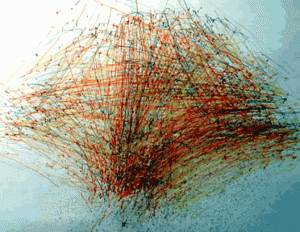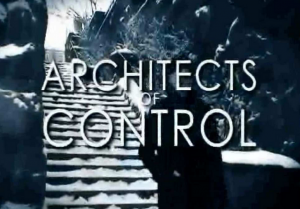Rhizome Radar by Peter Nowicki
It is hard to identify what is the central theme of the Duleuze’s and Guattari’s A Thousand Plateaus: Capitalism and Schizophrenia, but perhaps suggesting centrality is probably the opposite of the message the book advocates. The book is a distinctive model both in it’s ‘non-structured’ writing methodology but also in its call for a different way of thinking and being, in which the concept of rhizome is introduced. The writing allows for interpretation and connections with many subjects or thoughts, and one can easily relate it with architecture especially emerging theories such as parametricism. Many comparisons have been theorised between Deleuze and Guattari’s rhizome model and other emergent like cyberspace and computer networks which started occuring most noticably after the later 1980s. A Thousand Plateaus is an example of such open systems. It advocates an intellectual message in which the only rule would be the avoidance of the rule. The only rules it employs are those required in order to construct a wide array of concepts such as rhizomatic, non- linearity, nomadism, mutiplicity and anarchism. Clear definitions are are highlighted with capital letter, “RHIZOMATICS = SCHIZOANALYSIS = STRATOANALYSIS = PRAGMATICS = MICROPOLITICS”


